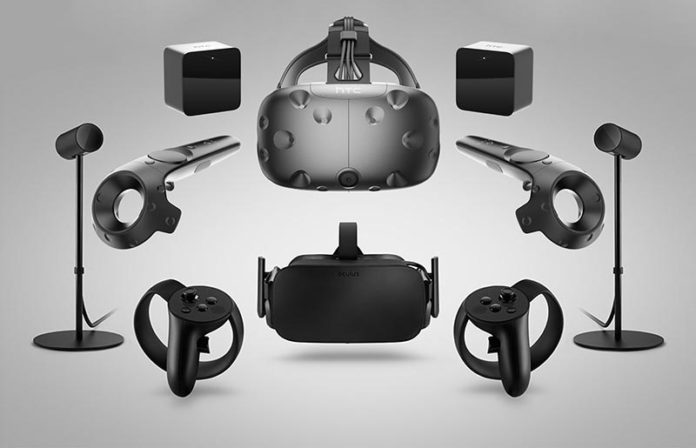After exercising and playing games in VR for some time our well-loved gear can get worn out, damaged, or just needs a plain old update. Holding off on replacing accessories can mean that we’ll unfortunately go without music, gameplay audio, proper tracking, and at the very worst feel uncomfortable gaming or exercising. No one’s got time for that!
Here are 6 VR accessories that Vive or Oculus users can purchase now or at a future time.
Controllers
Oculus Rift owners are now able to purchase a single controller replacement, which seems so basic but is so necessary. Previously, users only had the option of purchasing a set of two controllers for $99. Now, you can get a replacement for either the left or right side at the price of $69. The two controller bundle is the better deal, but having the option is very helpful in case of damage or the need for an extra (just in case).
The fact is, manufactured things break down over time, and sometimes they accidentally go flying into the air. If you’ve got a Vive, purchasing that extra controller is going to run you $129 for one, yes one. It might be worth picking up an extra controller in case your workout gets a little too physical, but that depends on you. The good news is, tracked controllers are pretty resilient, so one or two controllers on hand should keep you gaming and active for a long time to come.
Straps for the Headset
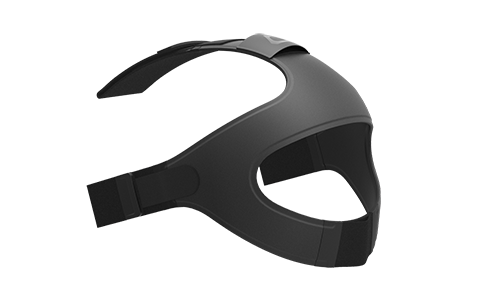
HTC sells replacement straps either individually or in a set of 5 for $94.99. Gyms and arcades should invest in the set of 5. Individual users should go for the Vive Deluxe Audio Strap for $99.99, which is a good investment for full 360-degree immersion and is made of sturdier materials.
Oculus does not sell replacement straps, and there may be a good reason why. A teardown of the Rift shows tiny infrared lights embedded within these straps, so Oculus will most likely issue a replacement if you’re still under warranty.
New Foam Pads
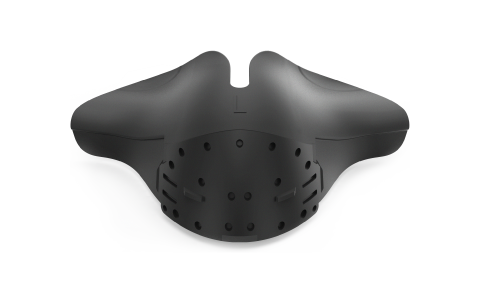
Both the Vive and Rift sell replacement pieces for use on the face. The Vive can be upgraded with a nose piece or a face cushion, which helps relieve some of the strain from extended use. Removal is a basic snap on/off, so it isn’t too difficult for cleaning purposes. HTC recommends cold water and a cloth, but make sure it’s unabrasive and non-alcohol. If you’re tempted to soak the foam piece, don’t. It will dry out and fit poorly, which might have unintended consequences like letting light bleed in or feeling uncomfortable.
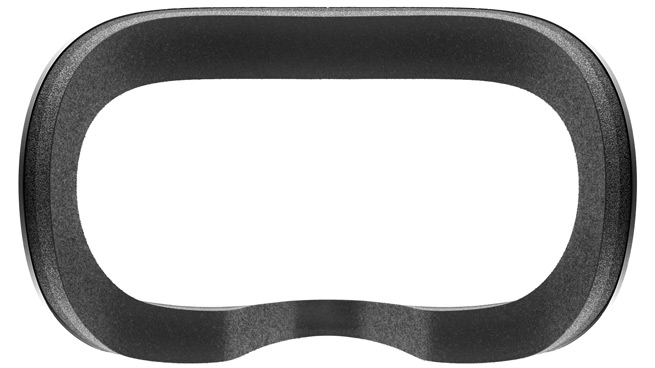
The Rift Fit is simple enough to replace and inexpensive enough to stockpile. As with all Rift accessories, it is available to order direct from Oculus.
Sensors
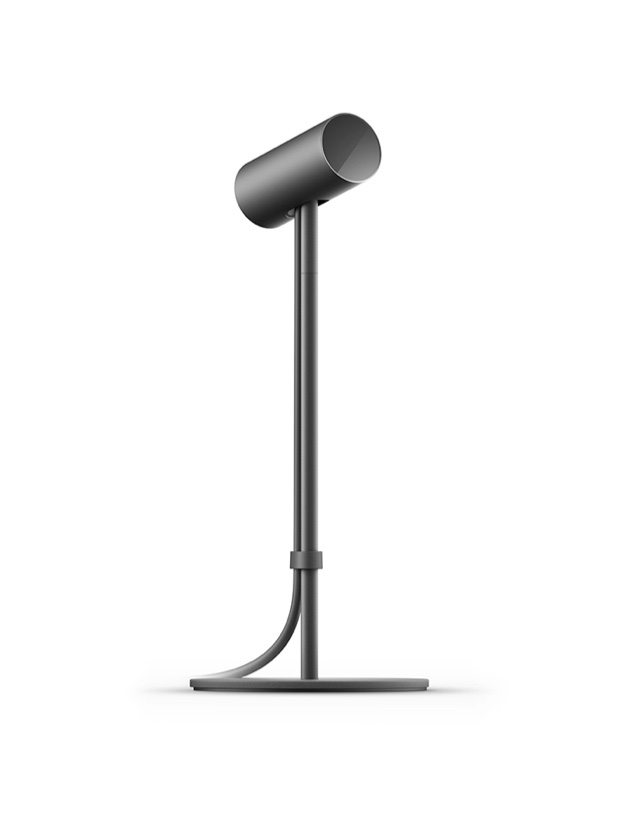
Users report a richer experience with the Oculus once additional sensors are added to the space. Adding a third sensor enables 360-degree tracking, a wonderful feature that puts the Rift on par with the Vive for tracking dynamic movement, but at a lighter price point. The Rift is functional with two sensors, but maximizing space and motion is essential in VR fitness.
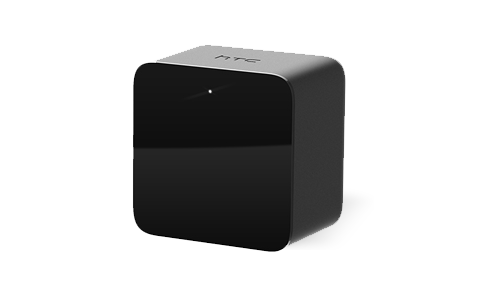
The Vive requires additional sensors as your room increases in size, but the embedded tracking technology within the visor makes the investment worth it. The VR remotes also offer 1:1 tracking that feels extremely accurate thanks to these added tracking devices.
The tracking stations and sensors are not necessarily a component that will burn out on you, but is definitely an accessory worth upgrading.
Link Box (Vive Only, Although Reported to Work with Rift)
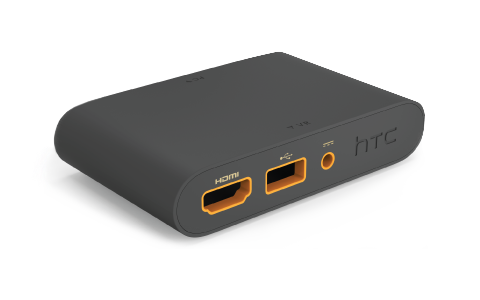
If the length of cords and your body proximity to your PC, are a problem for your Vive the Link Box will solve your worries. Imagine you’re in the middle of an intense bout with the Thai Spider from Thrill of the Fight, when you trip and send the cord flying. That force rips your plug from the port, ruining your GPU and causing upwards of $400 to $600 in damage. Oops.
You can use the Vive link box to bridge a connection between the USB and HDMI cords on your headset to prevent the accidental cord ripping from occurring. Just make sure your device is powered and properly linked to your PC. Essentially, this box carries the signal to and from your PC and headset, and it allows you to be a bit more flexible with the arrangement of your room and where you experience VR.
Cables
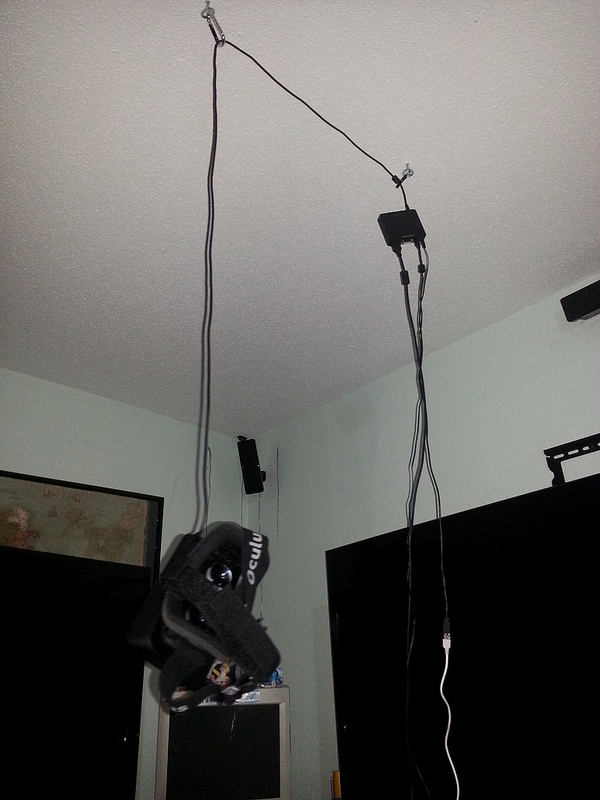
Cables for these devices aren’t flimsy or poor quality because of the signals they need to carry, thus replacements can add up if you’re not careful. If you find yourself replacing more than one cable, consider a link box or some kind of harness that will prevent tripping or tangling.
If your ceiling is low enough, a simple hook or harness system is all you need to preserve your six degrees of freedom. Just make sure you have enough slack to prevent the headset from feeling like you’re being tugged on. This could throw off your squat form, any room scale activity, or strain the head and neck.
Final Thoughts
There are many more accessories to enhance your gaming and fitness experience in VR, but these basics should be enough to ensure you have minimal interruptions. Cabling is particularly important, as it presents a tripping hazard if you do a poor job of it. This is one of the single most important aspects of setup for the Rift or Vive, so be sure you take the time to do it right and invest in quality replaceable accessories. You’ll be thankful you didn’t have an epic VR fail and lose a 4K TV in the process.

